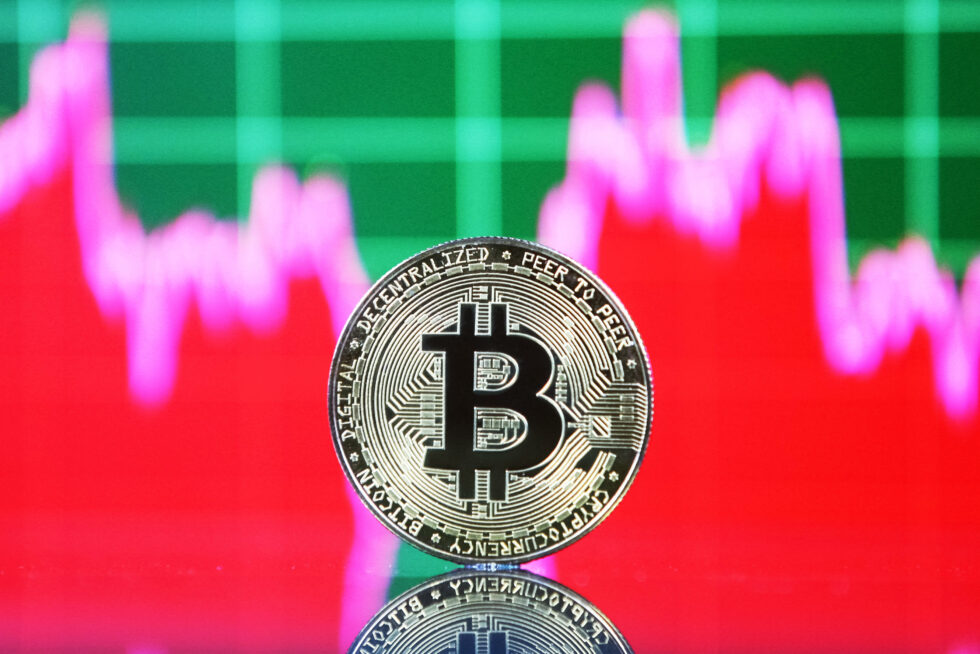
Bitcoin prices experienced a significant drop exceeding 5% on Tuesday, falling below $66,500. This decline coincides with a surge in the U.S. dollar index (DXY) to its highest level since mid-November, driven by positive economic data out of the United States.
The data, released on Monday, revealed a surprising expansion in U.S. factory activity for the first time since September 2022. This positive indicator, measured by the Institute for Supply Management’s (ISM) manufacturing purchasing manager’s index (PMI), rose to 50.3 in March, exceeding February’s reading of 47.8. This shift signifies a move into expansion territory (above 50) after 16 consecutive months of contraction.
Stronger Dollar Puts Pressure on Bitcoin
The robust U.S. economic data bolstered investor confidence in the dollar, leading to its appreciation. A stronger dollar makes dollar-denominated assets like Bitcoin and gold relatively more expensive, potentially dampening demand. Additionally, a sustained rise in the dollar can trigger global financial tightening, discouraging risk-taking by investors, which often includes cryptocurrencies.
Impact on Broader Crypto Market
The decline wasn’t limited to Bitcoin. The broader crypto market also witnessed losses, with major players like Ethereum (ETH), Solana (SOL), and Dogecoin (DOGE) experiencing steeper falls. The CoinDesk 20 index, a broader measure of the top 20 cryptocurrencies, dropped nearly 8%.
Fed Policy Implications and Investor Sentiment
The positive manufacturing data also influenced market expectations regarding the Federal Reserve’s (Fed) future interest rate policies. According to Bloomberg, expectations for Fed rate cuts in 2024 have declined after the manufacturing report. The market now anticipates a potential shift from the Fed’s initial forecast of three 25-basis point rate cuts.
While some analysts believe the ballooning U.S. fiscal debt might force the Fed to implement rapid rate cuts in the future, potentially boosting crypto prices, the short-term outlook suggests a cautious approach by investors due to the recent economic data and its implications for Fed policy.
